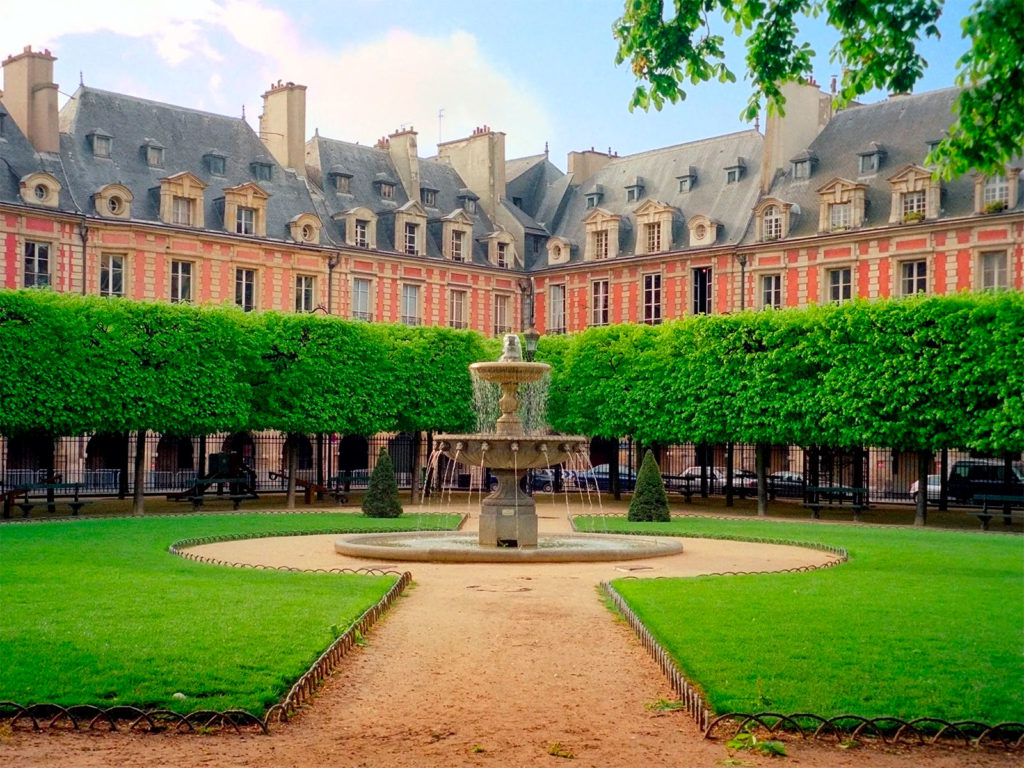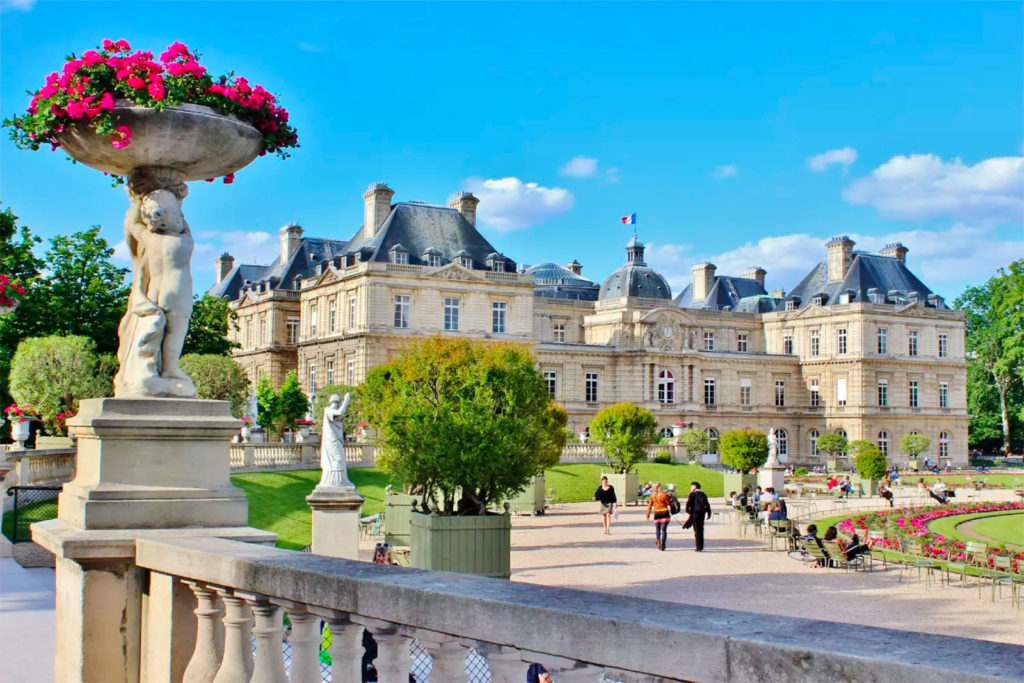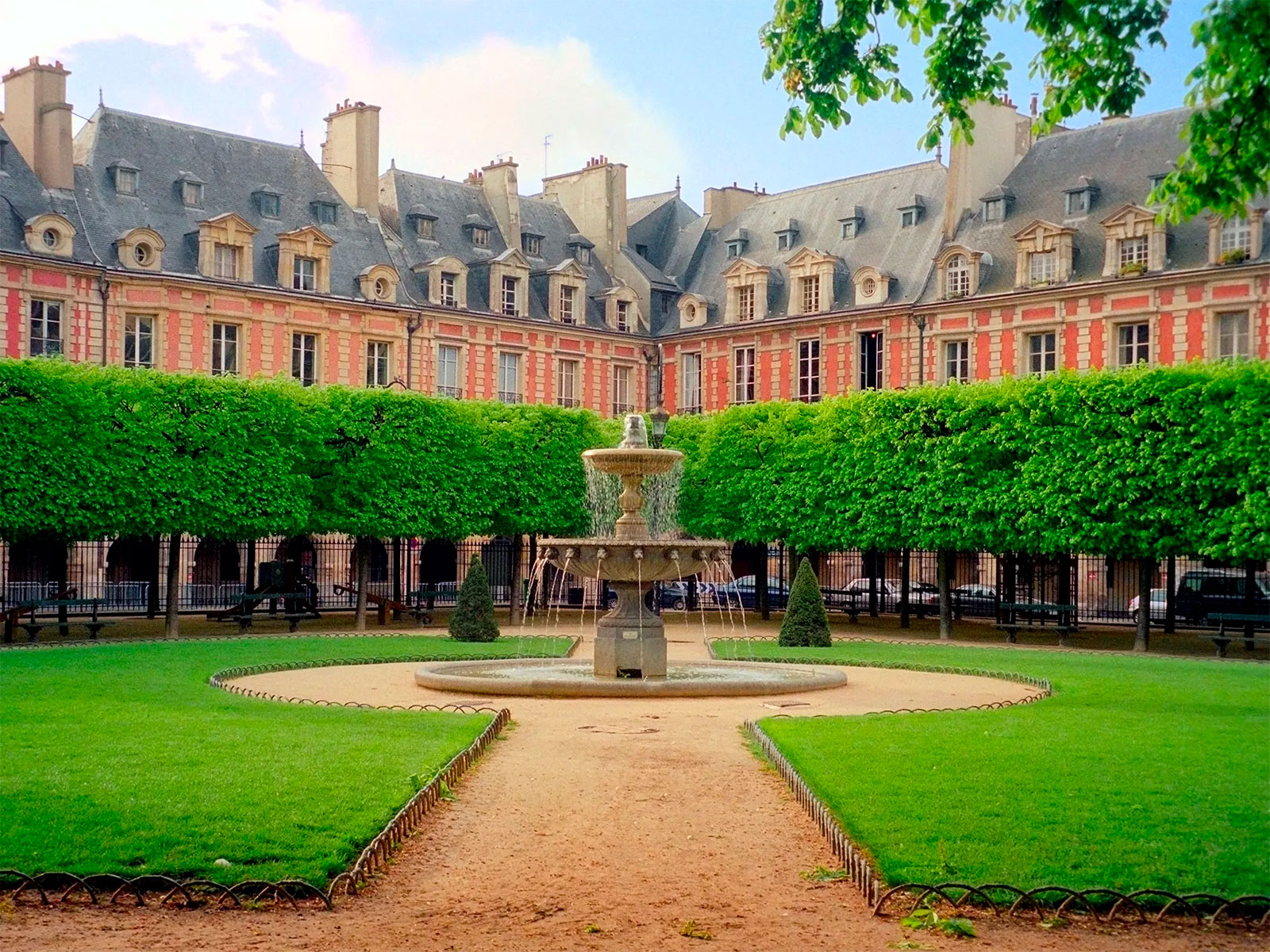Discover the best free things to do in Paris: hidden spots, cultural sites, live music, and picnic views—all without spending a euro.
Free things to do in Paris
Paris is widely recognized for its world-class museums, elegant architecture, and rich cultural heritage. Yet for many visitors, the city also carries a reputation for high prices—from museum tickets and café terraces to transportation and guided tours. However, this image doesn’t reflect the full reality. Paris offers an impressive range of free activities, and many of them are far more rewarding than costly attractions.
Beyond the Eiffel Tower and Louvre lies a different Paris—one made of hidden gardens, local art, unexpected performances, and walkable neighborhoods with deep history and vibrant life. These experiences are not only free of charge, but often more authentic, slower-paced, and closer to how Parisians actually live.
This guide is designed for travelers who want to explore Paris without spending a euro, while still discovering its soul. Whether you’re on a tight budget, curious to go beyond the tourist trail, or just looking for new ideas, you’ll find here a curated list of free, cultural, and offbeat things to do in Paris—all selected for their quality, originality, and accessibility.


Local secrets: free activities only Parisians know
While most visitors to Paris flock to well-known monuments and museums, many of the city’s most rewarding experiences are tucked away in places that rarely make it into guidebooks. These local secrets offer a different view of Paris—more personal, more spontaneous, and entirely free.
Start with the Coulée Verte René-Dumont, an elevated park built on a former railway line. Stretching nearly 5 km through the 12th arrondissement, it offers quiet greenery, footbridges, and unexpected views of private courtyards and classic Haussmann buildings. Nearby, the colorful Rue Crémieux is a pedestrian street with pastel façades that feel more like Portobello Road in London than central Paris.
In terms of urban art, Butte-aux-Cailles and Belleville are two neighborhoods where street art thrives. Here, walls become canvases for political messages, surreal imagery, and pop culture references. Walk with your eyes open—new works appear constantly, and the art changes weekly.
For peaceful breaks, several lesser-known public gardens offer free entry and a moment of quiet. The Jardin Alpin, hidden within the larger Jardin des Plantes, contains over 2,000 plant species in a rocky, shaded space. In the south-east of the city, the Square des Peupliers is a residential micro-neighborhood with cobblestone paths and small houses covered in vines—ideal for a quiet stroll.
Finally, explore alternative cultural spaces like Les Frigos in the 13th arrondissement, a former refrigerated warehouse now home to dozens of artists’ studios. Some weekends, they open their doors for exhibitions or performances, always free. You can also experience a free vegetarian meal at the Krishna temple in the 10th arrondissement, served daily to anyone who stops by. These places give you access to the city’s creative energy without needing a ticket or tour.
Free cultural experiences: museums, exhibitions, and historical sites
Paris is famous for its rich cultural offerings, but you don’t always need to buy a ticket to access them. Several major institutions offer permanent free access, and many others open their doors for free on select days. With the right planning, it’s possible to explore the city’s art, history, and music without spending anything.
The Petit Palais, located near the Champs-Élysées, houses an exceptional collection of paintings, sculptures, and decorative arts from antiquity to the early 20th century—all permanently free. Just across the Seine, the Musée d’Art Moderne de Paris offers access to a large part of its contemporary art collections at no cost, including works by Delaunay, Braque, and Boltanski.
Many major museums—including the Louvre and the Musée d’Orsay—offer free entry on the first Sunday of each month, but only from October to March. It’s wise to arrive early, as queues can be long. For smaller museums like the Musée de la Vie Romantique or the Musée Carnavalet, these Sundays are ideal for visiting without crowds or cost.
Music lovers should not miss the opportunity to attend free concerts in historic churches. At Saint-Eustache in Les Halles and La Madeleine near the Opéra, regular organ recitals and classical concerts are offered to the public, especially in the evenings and on weekends. The acoustics and architecture make the experience memorable.
Paris also hosts temporary exhibitions that are free to enter. The Hôtel de Ville often features thematic exhibitions on photography, fashion, or politics. Additionally, foreign cultural institutes, like the Swedish Institute in Le Marais, frequently organize free exhibitions, film screenings, and workshops. These cultural offerings are easy to access and reflect the diversity of artistic life in Paris—all without the need for a ticket.

Self-guided exploration: how to visit iconic neighborhoods for free
Many of Paris’s most iconic neighborhoods can be fully experienced on foot and without any entry fees. With a little preparation, you can explore centuries of history, architecture, and daily life while spending nothing at all. Self-guided walking tours are ideal for discovering the city at your own pace, and several tools can help you build your own itinerary.
Start in Montmartre, where you can walk from the bustling Place du Tertre to the quiet vineyards of Clos Montmartre, passing by the famous Sacré-Cœur basilica, which offers free entry. Nearby streets like Rue de l’Abreuvoir and Rue Lepic reveal a more local and picturesque side of the area.
In the Marais, explore the Place des Vosges, medieval alleys, and the free-entry courtyards of private mansions, such as Hôtel de Sully. You can also visit the Marché des Enfants Rouges, one of the oldest food markets in Paris, just to observe the atmosphere and local flavors.
Along the Canal Saint-Martin, follow the water as it winds under iron bridges and past independent boutiques and cafés. It’s a peaceful, creative area where locals picnic, read, and stroll year-round.
Use free walking tour apps like Mapstr to find secret spots recommended by locals, or try Paris Promeneurs, which offers thematic self-guided tours by district, complete with historical notes and photos. These tools allow you to personalize your visit with no cost.
Other areas worth walking through include the Latin Quarter, with its Roman ruins, student life, and hidden gardens, and La Villette, where former industrial zones have been turned into large parks and modern cultural spaces. With the right route, each neighborhood becomes a museum in itself—completely open and free to explore.
Free music and live performances in real time
Paris has a vibrant live performance scene, and many events are free if you know where to look. Whether you’re interested in classical music, indie concerts, or spontaneous street performances, the city offers something nearly every day of the week. The key is knowing where to find up-to-date event listings.
Several websites provide reliable, updated agendas. Que Faire à Paris (quefaire.paris.fr) is managed by the city and includes a filter for free events. Meetup is also useful for smaller, informal gatherings, often in English or bilingual. Paris.fr, the official city portal, sometimes highlights free festivals and neighborhood events.
During summer, the Jardin du Luxembourg hosts classical music concerts in its open-air bandstand, typically in the late afternoon or early evening. These concerts are informal and free to attend. For a more alternative vibe, Le Hasard Ludique, located in a former train station in the 18th arrondissement, regularly features free shows, DJ sets, and cultural nights open to all.
Paris also organizes several free outdoor festivals throughout the year. Paris l’été, held in July and August, offers dance, theater, and music performances in public spaces. Onze Bouge, in the 11th arrondissement, focuses on emerging talent and takes place every spring.
Hidden bars and cafés—especially in Belleville, Oberkampf, and Ménilmontant—often host open mic nights and jam sessions. These casual, lively evenings are free and draw both locals and visitors. From jazz to folk to experimental sounds, the Paris music scene remains accessible to all—no ticket required.


Best picnic spots with a view
Picnicking in Paris is a simple and affordable way to enjoy the city’s atmosphere. But many of the classic picnic spots—like the Champ de Mars or the banks near Notre-Dame—can be overcrowded and noisy, especially in high season. Fortunately, there are several quieter locations with great views and a more relaxed setting, perfect for a free outdoor meal.
The Parc de Belleville, located on one of the highest hills in Paris, offers a panoramic view of the city skyline, including the Eiffel Tower in the distance. It’s rarely crowded, even in summer, and locals come here to read, relax, or play music. In Le Marais, the Jardin des Rosiers – Joseph-Migneret is a hidden garden behind old stone walls, ideal for a peaceful lunch under the trees.
If you’re looking for an original view of the Eiffel Tower, try the Parc de Saint-Cloud, just outside the city limits. It offers a wide-angle perspective over the Seine and the Paris rooftops. Closer to the city center, the Bir-Hakeim Bridge is a favorite spot for photos and casual snacks with a backdrop of the tower—best enjoyed at sunset.
The walkways along the Seine are ideal in the early morning, when the city is still quiet. In the evening, head to the Bassin de la Villette, where locals gather along the water with food and drinks. It’s lively but not too touristy.
For a smooth experience, bring your own picnic blanket, cutlery, and a bag for waste. Public toilets are available in larger parks and near tourist sites, but not always clean—consider portable hand sanitizer. Alcohol is tolerated in most parks, but not on all riverbanks. Weekdays and mornings are generally the best times to avoid crowds.

XperienceFrance is your travel specialist in France.
